release time:2024-10-29 14:21:04
Acupuncture, herbal medicine, moxibustion, massage... These traditional Chinese medicine (TCM) practices are well-established in human healthcare. But did you know? The principles and techniques of TCM can also benefit animals. From ancient treatments for war horses to modern pet care, TCM’s wisdom shines in the maintenance of animal health. Let’s dive into this fascinating field.
Traditional Chinese Veterinary Medicine (TCVM) uses acupuncture, massage, herbal formulas, and more to address animal health. Guided by TCVM theories, these treatments can target a wide range of conditions, from metabolic and respiratory diseases to urinary, neurological, orthopedic, chronic, and geriatric ailments. This approach aims to alleviate symptoms and improve animals' quality of life.
Since animals can't describe their discomfort, veterinarians gather information from owners about the pet’s diet and lifestyle. Then, using “observation, smell, inquiry, and palpation,” they analyze the animal's eyes, ears, nose, tongue, fur, and pulse to determine its health status. Once diagnosed, treatments like acupuncture, moxibustion, and herbal medicine can relieve ailments.
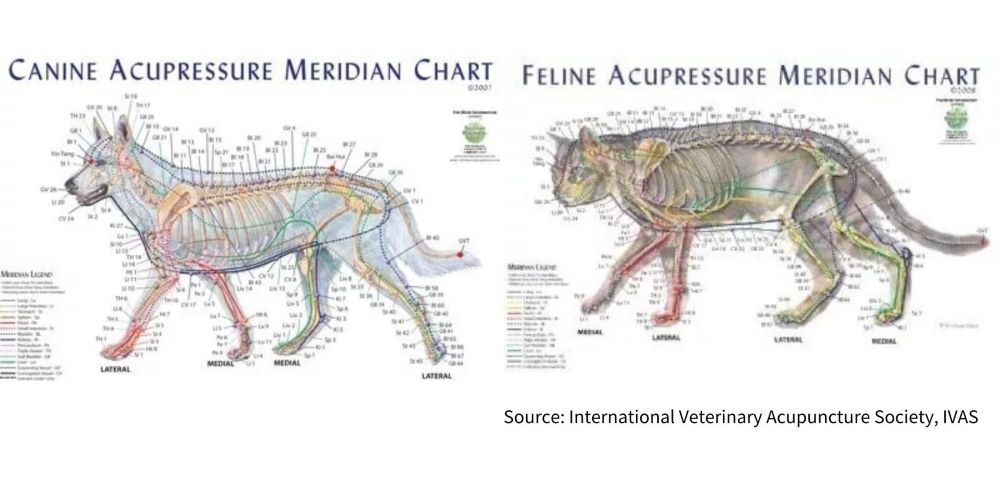
As the field of pet healthcare advances, many modern veterinary hospitals are adopting a combined approach of Chinese and Western medicine. In this integrative model, veterinarians use advanced Western diagnostic tools like fully automated biochemical analyzers, ultrasounds, and MRIs to understand the pet’s condition comprehensively. They then complement these findings with TCM principles, developing personalized treatment plans based on each animal’s unique characteristics.
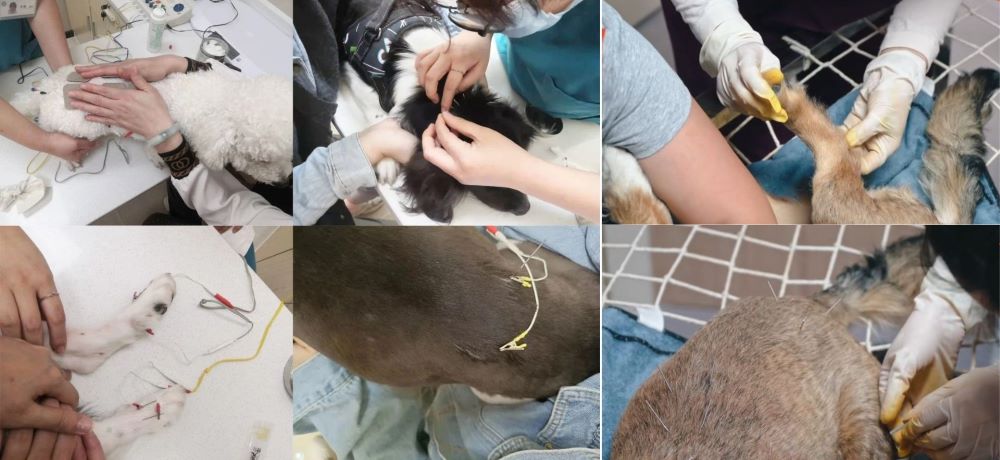
TCVM is not only thriving in China but has gained a strong following internationally. Research indicates that in the United States, at least 16 veterinary schools offer courses on complementary and alternative medicine for animals, covering subjects like acupuncture, rehabilitation, and dietary therapy. While some universities lack a dedicated program for TCVM, they incorporate TCVM principles and practices into existing medical courses, including at prestigious institutions like Cornell University, the University of Florida, the University of Pennsylvania, and the University of Illinois.
In 2013, 25 countries and regions, including China, the U.S., Europe, and Japan, established the International Veterinary Acupuncture Society (IVAS). This organization has even created anatomical charts mapping acupuncture points for various animal species.
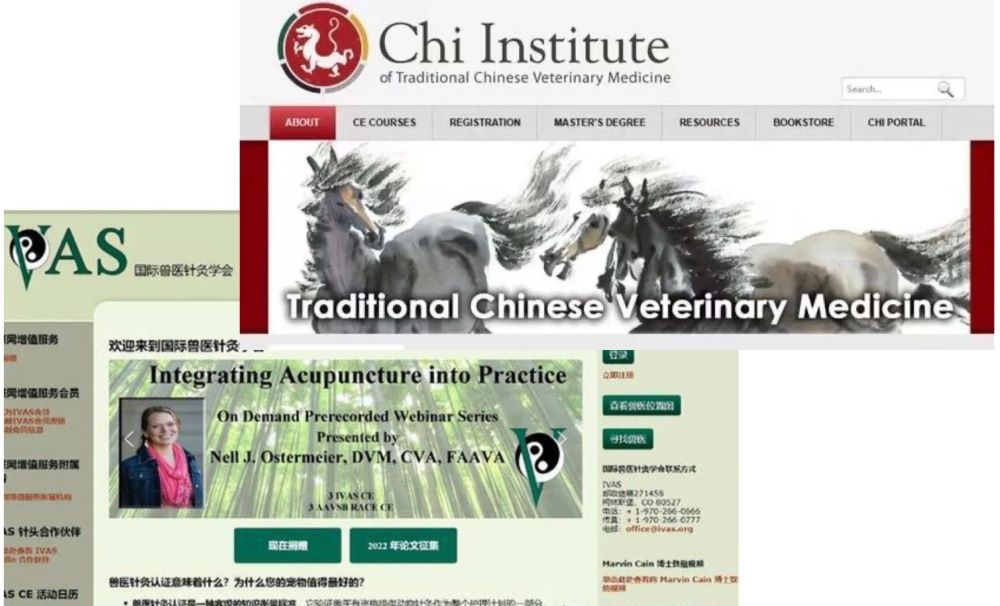
In Chengdu, a city steeped in cultural heritage, Shichongtang Pet Hospital exemplifies integrative Chinese-Western veterinary care. Since its founding in 1996, the hospital has been dedicated to combining TCM’s wisdom with modern technology to offer high-quality care for pets. Alongside a team of experienced TCVM practitioners, the hospital uses cutting-edge diagnostic equipment, including Seamaty’s Minilab Vet Multifunctional Analyzer. This device integrates biochemistry, fluorescence immunoassay, and blood gas electrolyte testing, allowing for simultaneous analysis of four samples and delivering instant diagnostic feedback and error reports. The analyzer greatly enhances diagnostic accuracy and supports precise application of TCM in pet healthcare.
Veterinarian Dr. Zhou Qian, with 16 years of small animal clinical experience at Shichongtang, shared a case: “An 8-year-old Husky first presented with frequent, urgent urination and hematuria. On abdominal palpation, there was pain, and the dog was also drinking excessive amounts of water and eating very little. The initial hospital diagnosed ureteral obstruction and adhesions and recommended surgery to remove a kidney and ligate the ureter. The owner, however, found this solution unacceptable, and through a friend’s recommendation, they came to us.
Here, we used Seamaty’s Minilab Vet Multifunctional Analyzer to run comprehensive tests, including 24-item biochemical, blood gas, and electrolyte immunoassays, which provided results in around 10 minutes. Combining these results with TCVM’s four diagnostic techniques, we ultimately diagnosed geriatric canine estrus along with mild fatty liver and electrolyte imbalance. Through integrative Chinese and Western treatments, the dog quickly recovered and was soon discharged. The owner was extremely pleased with the outcome.”
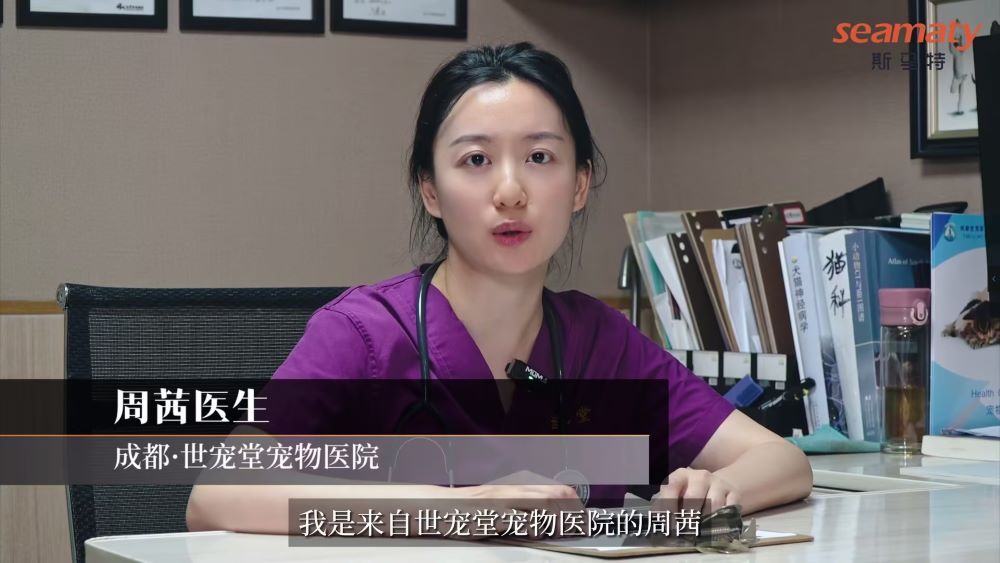
Today, as awareness of pet health continues to grow, and TCVM’s applications in veterinary medicine expand, integrative Chinese and Western treatments are becoming the preferred choice for more pet owners. In the future, Seamaty will continue to innovate and develop advanced diagnostic devices to support the veterinary field, striving to safeguard pets' health and happiness.
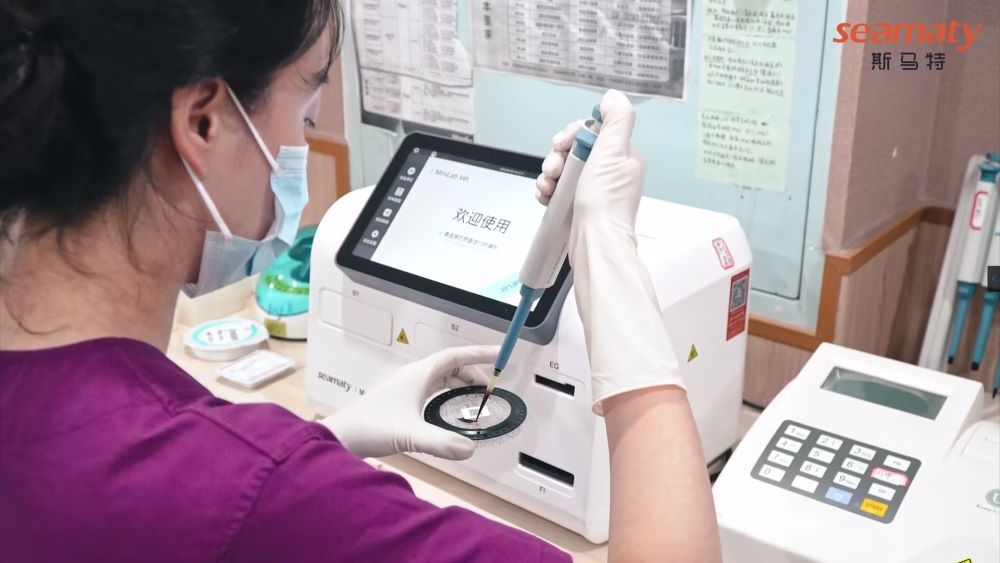
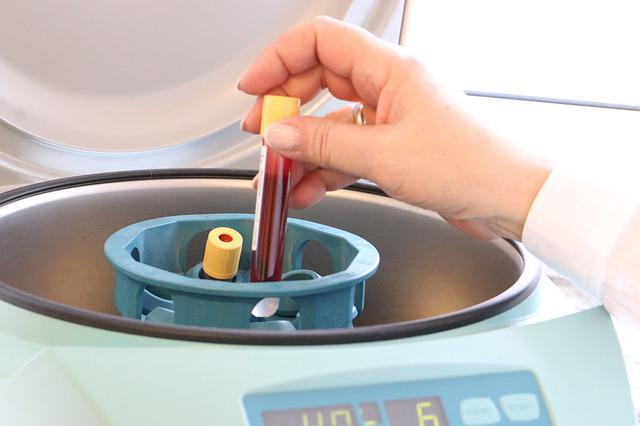
2022-06-16
Biochemical tests are an important part of medical testing and have the advantage of being quantitative. But is it really as simple as it seems?
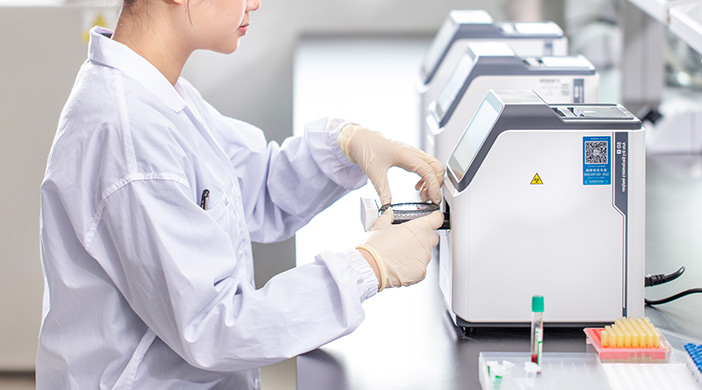
2021-10-21
Biochemical analyzer is a device that measures a specific chemical composition in body fluids by using the photoelectric colorimetric principle and biochemical analysis method. For example, glucose, albumin, total protein, cholesterol, transaminases, etc.
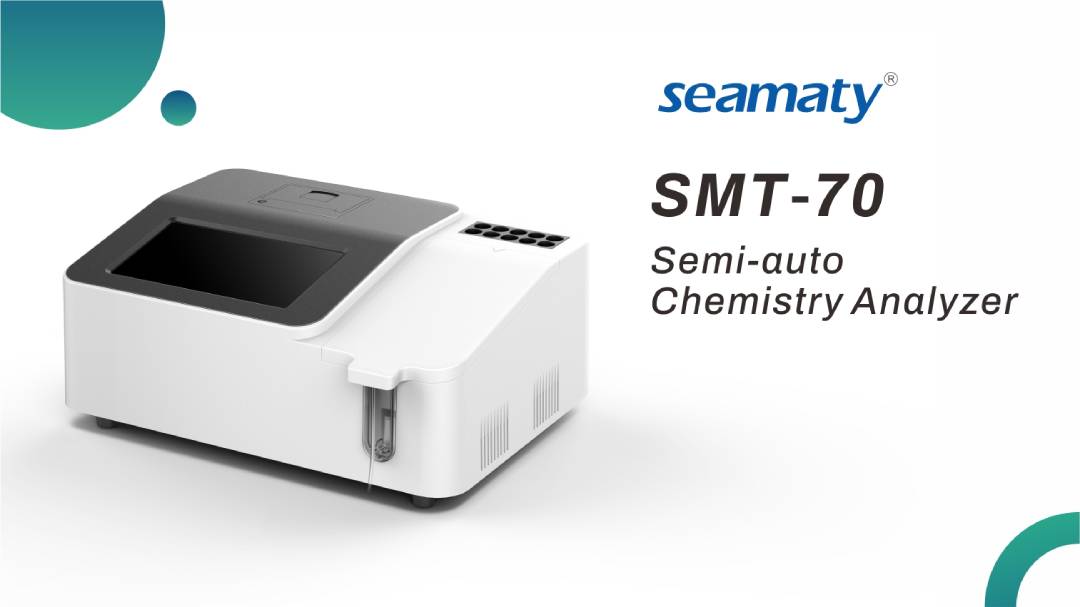
2021-10-18
Semi-automatic biochemical analyzer should be installed on a smooth, fixed, dust-free working platform at room temperature of 15-30℃ and relative humidity <85%. The power supply of the instrument should be used separately. And need to be equipped with UPS uninterruptible power supply and ground, ground is particularly important. In order to ensure the best working condition of the instrument, it is best to warm up the instrument for 10 min before testing the specimen.